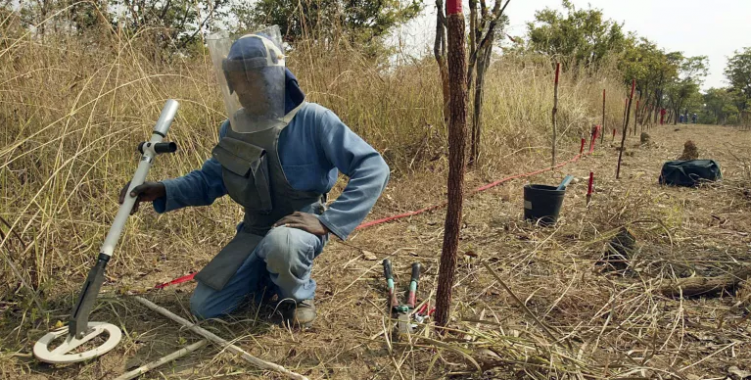The Halo teams, with a total of 30 workers, will demolish the three camps surrounding the town, one of which beside the Tempué runway, for three months, reveals the non-governmental organization (NGO) in a statement.
Tempué is located in the middle of the system that feeds the Angolan Okavango springs and the lakes that surround the village are a vital part of the Cubango/Okavango river basin, which is part of the Kavango Zambezi Transfrontier Conservation Area (Kaza), an ecosystem that covers five countries in southern Africa (Angola, Botswana, Namibia, Zambia and Zimbabwe).
"Demining is a key step in protecting the wildlife and habitat of the Angolan Okavango. After we remove the mines, we will support the development of local communities in a safe and sustainable way," said Steve Boyes, founder of the National Geographic Okavango Wildlife Project.
Angolan biologist Adjany Costa is also participating in the project.
In addition to supporting National Geographic's work, demining will contribute to promoting conservation in the Kaza region, as it involves "substantial mine clearance in two of Angola's National Parks, Mavinga and Luengue-Luiana, both located in Angolan Okavango territory and Kaza," the NGO said.
The Angolan Okavango "occupies a unique place in the modern history of Angola and the region" due to the "fierce fighting" that took place in that territory during the independence period and the civil war that followed, which left the camps extensively mined.







